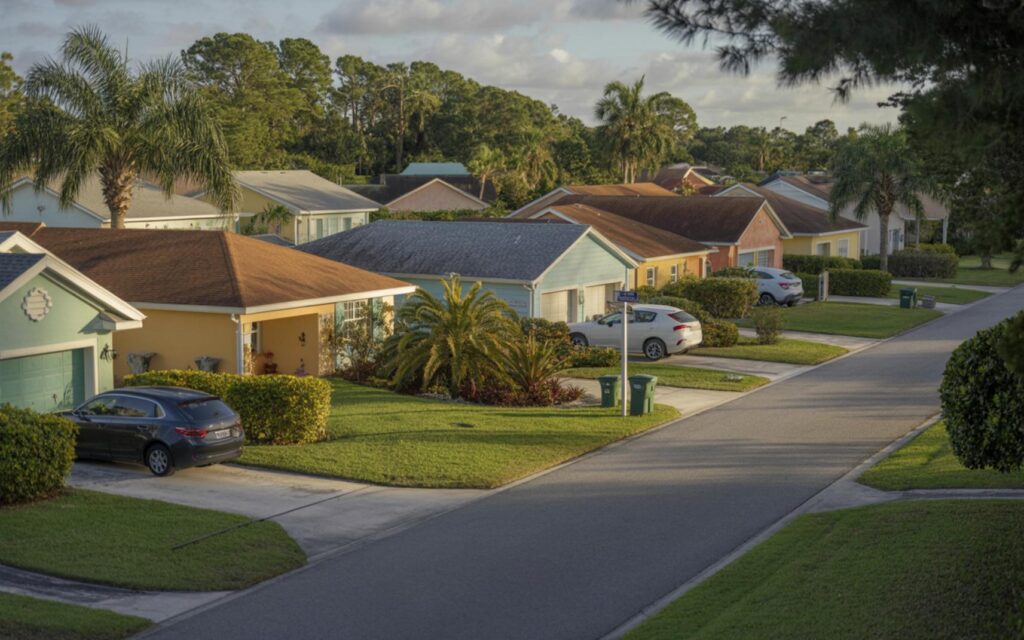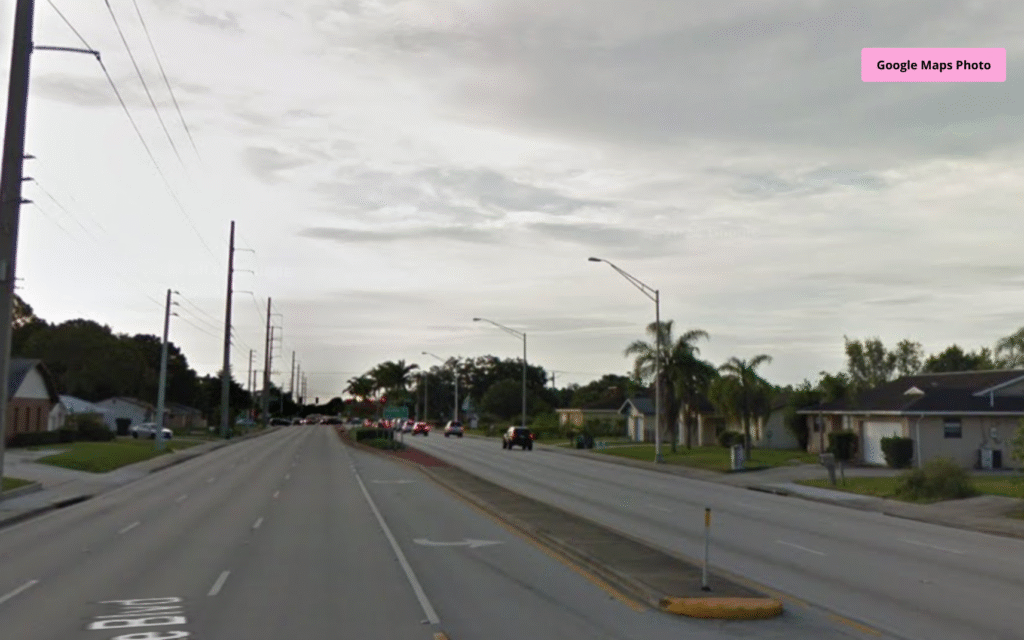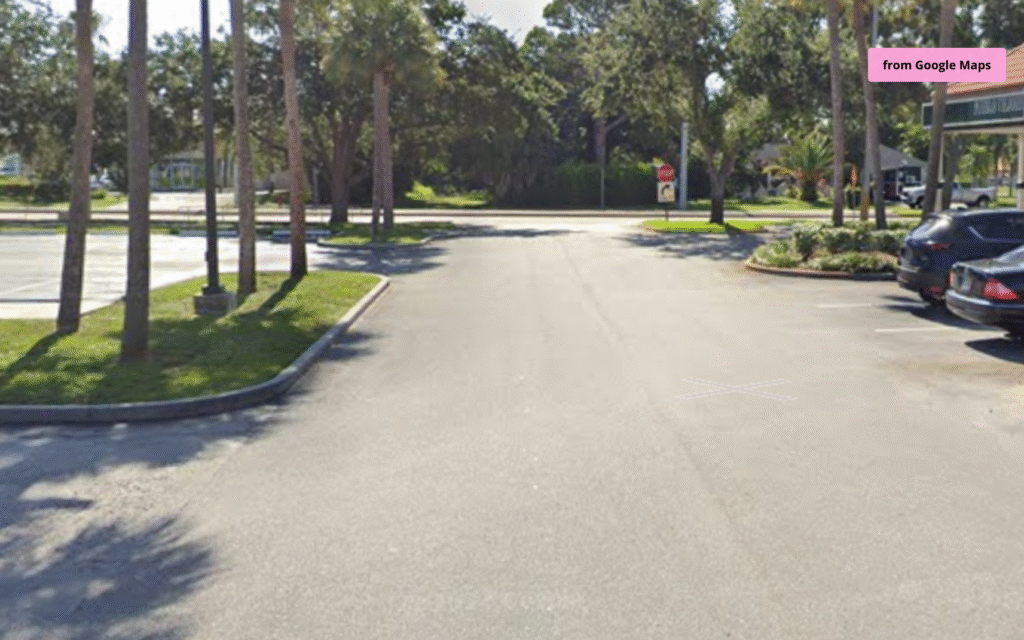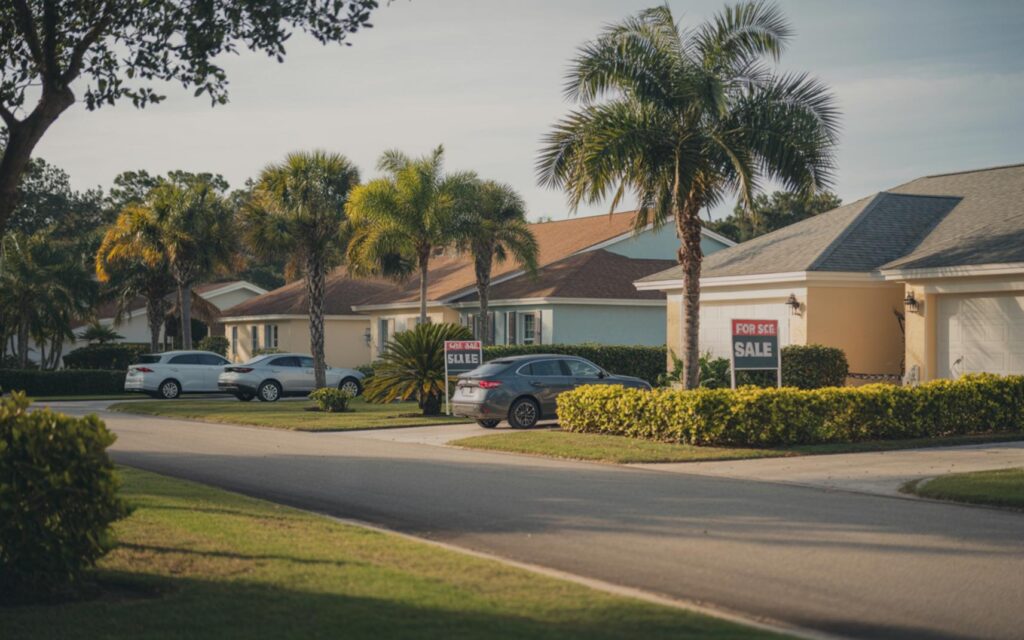Florida property insurance market has experienced significant stabilization since the implementation of tort reforms in 2022 and 2023. The main keyword, Florida property insurance market, is central to recent improvements in rates, insurer participation, and legal claim trends across the state.
Florida Property Insurance Market Sees Major Turnaround
According to state insurance regulators, the Florida property insurance market has reversed a long period of instability following the adoption of sweeping tort reforms. These changes have led to a marked drop in property claims lawsuits, returning to levels last seen in 2019.
Officials report that, prior to reform, Florida accounted for just over 8% of all U.S. homeowners insurance claims but more than 76% of related lawsuits. This disproportionate litigation environment contributed to high legal costs and rising premiums for homeowners statewide.
Key Impacts of 2022–2023 Tort Reforms on Insurance
The 2022–2023 legal reforms targeted several areas driving up costs in the Florida property insurance market. According to the Florida Office of Insurance Regulation, the changes included:
- Eliminating one-way attorney fees in property insurance litigation
- Restricting assignment of benefits practices
- Reducing the statute of limitations for negligence claims
- Modifying comparative negligence rules
- Requiring medical expenses in claims to be based on actual amounts paid, not billed charges
These reforms were enacted in response to a crisis of affordability and availability. Many insurers had previously withdrawn or limited business in Florida due to escalating legal expenses and frequent abuse of claims processes.
New Insurers and Improved Profitability
Since the reforms, fourteen new insurance companies have entered the Florida property insurance market, according to the Florida Office of Insurance Regulation. This influx of new carriers has increased competition and options for homeowners and condominium owners.
Domestic insurers posted collective profits in 2024 for the first time since 2016, even after major hurricane events. This improvement is attributed to lower litigation costs and a more predictable claims environment, as reported by industry analysts.
Reinsurance Market Developments and Rate Trends
The June 2025 reinsurance renewal period brought further positive news for Florida property insurers. According to industry sources, carriers secured a 10.7% risk-adjusted price decrease for reinsurance coverage.
Some insurers have filed for statewide average decreases in homeowners’ and condominium owners’ policy rates. Examples include proposed reductions in the range of 8–12%, reflecting the improved risk environment and lower reinsurance costs.
Historically, Florida homeowners insurance rates have ranked among the highest in the United States. Recent filings and early signs of rate declines suggest a shift toward greater affordability for policyholders.
Shift from Citizens to Private Insurers
The migration of policies from Citizens Property Insurance Corporation, the state-run insurer, to private carriers is accelerating. According to Citizens, this trend signals a strengthening private market and increased confidence among insurers.
Insurers have also been able to negotiate improved reinsurance terms, including lower rates and removal of previously unfavorable conditions. This has contributed to a more balanced and sustainable Florida property insurance market.
Legal Reforms Attract Insurers and Reinsurers Back to Florida
Industry experts credit the tort reforms with making Florida’s insurance market more attractive to both insurers and reinsurers. According to the Reinsurance Association of America, companies that had previously reduced or exited their Florida business are reconsidering and returning to the market.
The catastrophe bond and insurance-linked securities (ILS) markets have also benefited. These sectors have provided additional capacity, keeping the Florida property insurance market competitive and resilient, especially after major hurricane events in 2024.
Expert Perspectives on Market Recovery
Experts agree that reduced litigation and legal costs are improving insurer profitability and consumer affordability. There is consensus that the reforms have addressed long-standing legal system abuses that inflated costs for both insurers and policyholders.
However, some caution that ongoing monitoring is needed to ensure the reforms continue to deliver intended benefits, particularly after future major hurricane events. The Florida property insurance market remains highly exposed to natural catastrophes, which can test the strength of recent improvements.
Florida’s Insurance Market as a Model for Other States
The improved legal environment in Florida is being watched by other states facing similar insurance market challenges. According to industry observers, the reforms enacted in Florida may serve as a model for addressing litigation-driven insurance crises elsewhere in the United States.
The insurance-linked securities sector, for which Florida is a key market, has also experienced increased stability and competitiveness as a result of these changes.
Frequently Asked Questions About Florida Property Insurance Market
What is the Florida property insurance market?
The Florida property insurance market includes companies that provide homeowners, condominium, and commercial property insurance throughout Florida. It is regulated by the Florida Office of Insurance Regulation and is shaped by factors such as hurricane risk and state laws.
How much have homeowners insurance rates changed in Florida?
Some insurers have filed for statewide average decreases in policy rates, with examples of reductions around 8–12%. These changes reflect improved market conditions after recent legal reforms.
Are there more insurance companies in Florida now?
Yes, fourteen new insurance companies have entered the Florida property insurance market since the 2022–2023 reforms. This has increased competition and options for consumers.
Can you get lower property insurance rates in Florida now?
Early signs indicate that some homeowners and condominium owners are seeing lower rates or rate stabilization. The extent of savings depends on the insurer, location, and property type.
Where are most policyholders moving from Citizens to private insurers?
According to Citizens Property Insurance Corporation, policyholders across Florida are increasingly moving from the state-run insurer to private companies. This trend is seen in many regions, reflecting a strengthening private market statewide.
































